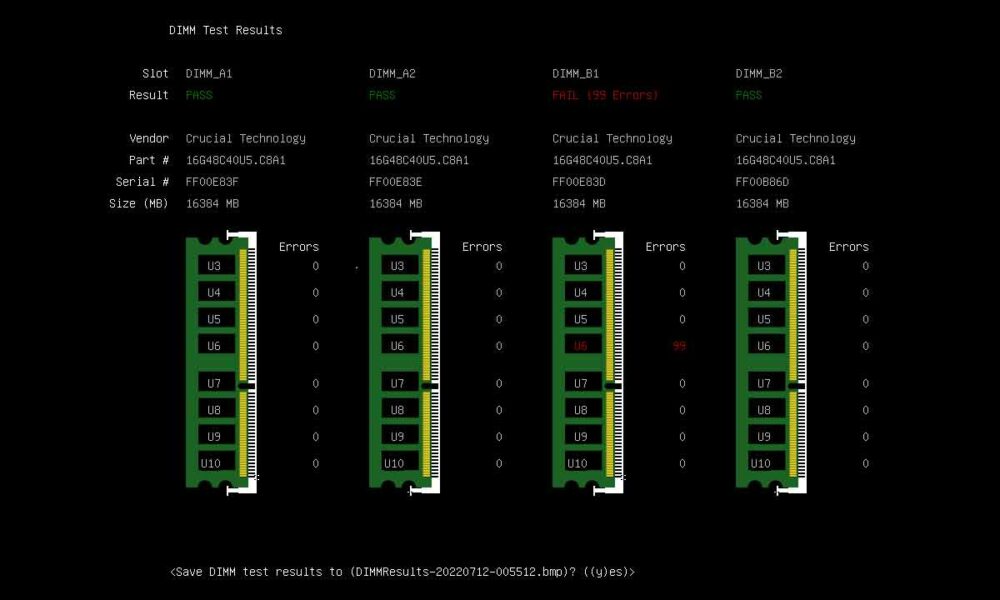
Diagnostic processes can go from the simplest to the terrifyingly complex. Any user, and especially those who have assembled their computers, know that when a computer does not start, the time we may have to dedicate to find out the cause (and, of course, to solve it) can range from a couple of minutes to a few hours. Fortunately, over the years, this has improved, but even so it remains a potentially complex process.
A common case of failure in a system that fails to boot we found it in RAM memory failures. Thanks to the diagnostic systems that the vast majority of motherboards incorporate, whether through LEDs, sounds or even a display in some cases, with the first failed boot attempt we can already find out that we are facing a memory problem. Now, that only brings us closer to the cause of the failure, but it does not tell us everything we need to know to solve it.
If you have been through it, you already know what I am talking about, it is time to locate the element that is failing, with the plus that, although on many occasions it is difficult to explain, a memory module can work in one slot and fail in another. Thus, identifying the module that fails can take us a long time. Even more so if we do not trust the first result and, for safety reasons, we prefer to repeat the test a second time to confirm it.
A new era of memory testing is coming to MemTest86. pic.twitter.com/Zojp9NgLpg
— PassMark Software (@PassMarkInc) August 11, 2022
However, this tedious process is beginning to become a hindrance from the past, thanks to the most recent update of MemTest86, the popular system memory diagnostic software and which, as a great novelty, is now availables able to identify not only the memory module that is failing, but also the chip in it in which the problem is located. In this way, and with certainty, we will be able to immediately identify the component that is failing and proceed to replace it.
This new feature is limited (at least for now, we don’t know if there are plans to change this in the future) to DDR5 memory. This is not yet very present, although with its price drop in recent months, as well as with the arrival of the new generation of chips from AMD (which will only be compatible with DDR5) and Intel (which will give priority to DDR5 over DDR4), will start to become the new standard in a few months.
MemTest86 is installed on a USB stick which, once ready, will have to be used to boot up the PC.



